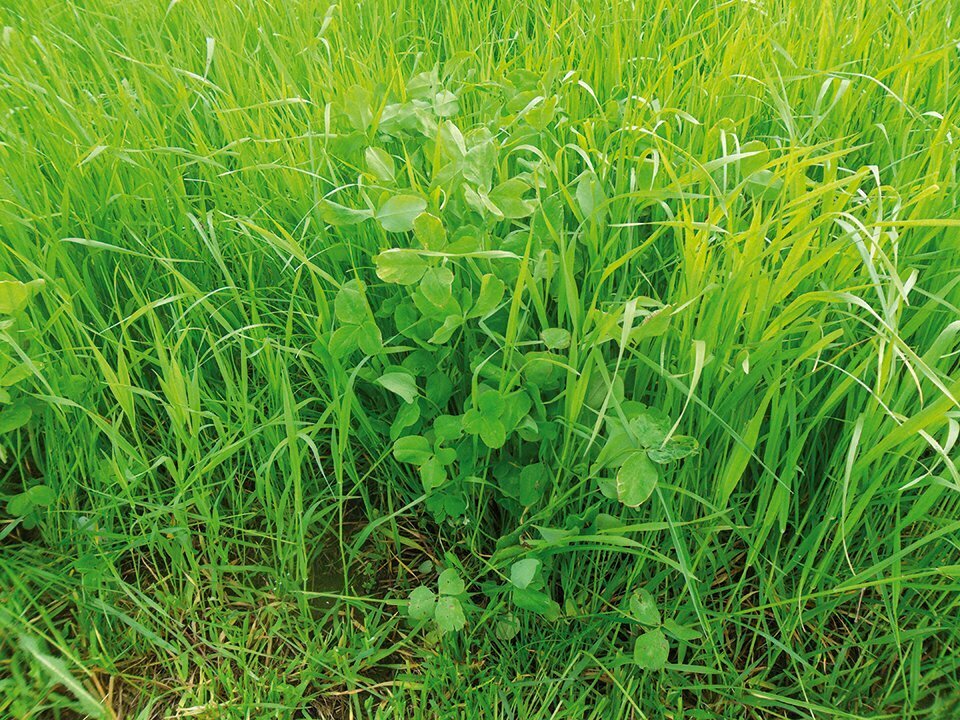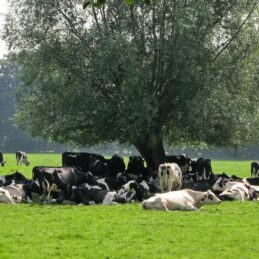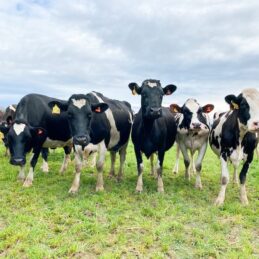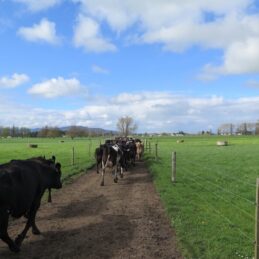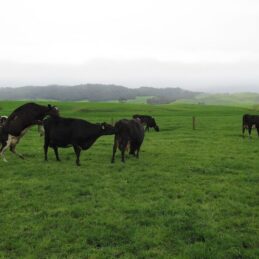With feed prices at their highest and most volatile we have seen them in some time it is imperative, now more than ever, that farm businesses recognize the value of silages and home-grown feed.
This value comes from both security of supply as well as the economic value of quality silage relative to other feed costs.
For example, Table One compares protein feed options on a c/kgDM and $/kg crude protein basis. Lucerne silage and grass silage are now the most economical sources of protein based on these feed price assumptions. While many factors are essential in feed choice decisions, this highlights how valuable grass and legume silages can be to meet the protein demands of ruminants economically and effectively. Silages also tend to have less volatility in pricing – you know in advance approximately what it is going to cost to grow, harvest, ensile or buy-in, which reduces some of the volatility and risk for farm businesses. It also provides security of supply in times of potential feed shortages.
Table One (prices at the time of writing)
| Protein feeds | $/tonne landed and after ensiling losses | DM % | $/kg DM | CP % | $/kg CP |
|---|---|---|---|---|---|
| Lucerne silage | $114.00 | 35% | $0.33 | 20% | $1.63 |
| Grass silage | $100.00 | 35% | $0.29 | 16% | $1.79 |
| Canola meal | $840.00 | 90% | $0.93 | 37% | $2.52 |
| Soy bean meal | $1,150.00 | 90% | $1.28 | 48% | $2.66 |
| Corn DDG | $760.00 | 90% | $0.84 | 29% | $2.91 |
| PKE | $510.00 | 90% | $0.57 | 15% | $3.78 |
| Soy hull | $620.00 | 90% | $0.69 | 14% | $4.92 |
Another critical observation is not to be misled by the price per tonne price of feeds. For example, there is a significant difference in the tonne price of canola meal and palm kernel extract. However, farmers may find it more economical to feed less canola meal (so a lower $/animal/day) to achieve the same protein balance (not factoring in differences in protein quality and digestibility).
When comparing feed options, it is essential to know what nutrient you need – this is where DietCheck® ration balancing software can help, a complimentary service available to Nutritech customers via your local Nutritech Area Manager. That way, you know on which basis to compare silages with other feed options (e.g. MJME, crude protein).
Silage quality also plays a significant role in economics and animal performance. Assuming you paid the same price for poor quality grass silage as you did good quality grass silage, you end up paying significantly more per megajoule of metabolizable energy and crude protein, reducing the economic value of that feed (Table Two).
Added to that are the reduced animal production and potential animal health consequences that will likely occur when consuming the poor quality silage, meaning the actual cost of that poor quality silage is even greater.
Table Two
| Grass silage quality | $/tonne landed and after ensiling losses | DM % | $/kg DM | MJME/ kgDM | c / MJME | CP % | $/kg CP |
|---|---|---|---|---|---|---|---|
| Good | $100.00 | 35% | $0.29 | 11.0 | 2.60 | 16% | $1.79 |
| Poor | $100.00 | 35% | $0.29 | 9.5 | 3.01 | 11% | $2.60 |
The best way to retain more valuable nutrients in grass and legume silages is to use high-quality, proven silage inoculants like Sil-All®4×4+. Adding Sil-All®4×4+ helps to reduce silage losses, especially in the early stages of fermentation. In these early stages, MJME can be lost and plant proteins can be broken down, resulting in poorer quality silage and a greater risk of undesirable micro-organisms spoiling the feed. At a $9.30/kgMS payout for dairy farming businesses, using Sil-All®4×4+ inoculant has a payback of at least 7.5:1, which further adds to the economic argument for producing high-quality grass silage.
Lastly, given how valuable silages are as a feed, they are worth protecting using the Silostop® sealing system. Silostop® Orange and SiloStop® MAX Plus oxygen barrier technology reduce silage losses in the top metre of stacks by almost half. In addition to the reduced silage losses during storage, there is also a significant decrease in the percentage of inedible silage and an increase in the aerobic stability of that silage. This represents $7.20 worth of saved silage per m2 for grass silage or $15.30 for maize or whole crop cereal silage.
Overall, producing quality grass silage makes sense from an economic, production and animal health perspective. For more information on making quality grass and legume silage this season, get in touch with your local Nutritech Area Manager.

